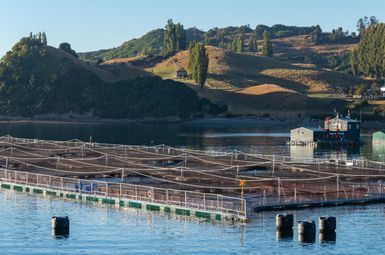
Humanity can farm more food from the seas to help feed the planet while shrinking mariculture’s negative impacts on biodiversity, according to new research led by the University of Michigan.

About 71 percent of the Earth’s surface is covered by water, with freshwater accounting for just 2.5 percent of that total. Just 1 percent of our freshwater is accessible, with most of it trapped in glaciers and snowfields. In essence, only 0.007 percent of the planet's water is available to fuel and feed its 7.8 billion people. And there are a number of ongoing threats to our water quality, including harmful algal blooms, microplastics, hypoxia, PFAS and lead, which impact everything from our drinking water to tourism dollars. The University of Michigan is collaborating with communities and researchers worldwide to address these critical threats, paving the way to prevent future environmental crises.

Humanity can farm more food from the seas to help feed the planet while shrinking mariculture’s negative impacts on biodiversity, according to new research led by the University of Michigan.
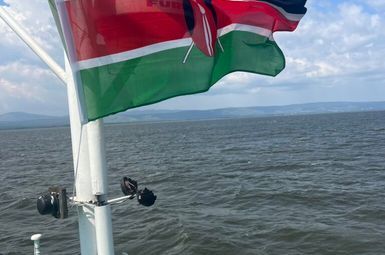
To try to understand how harmful algal blooms might evolve in Lake Erie in a warming climate, University of Michigan scientists helped conduct a survey of cyanobacteria in a gulf of Kenya’s Lake Victoria.
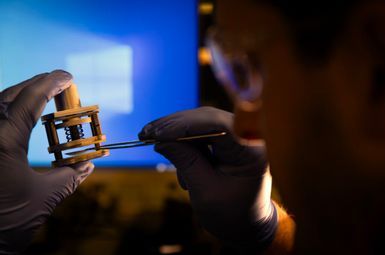
Water desalination plants could replace expensive chemicals with new carbon cloth electrodes that remove boron from seawater, an important step of turning seawater into safe drinking water.
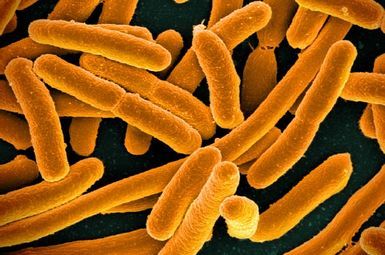
Research led by the University of Michigan shows that communities of color in Texas face pronounced risks of E. coli exposure in nearby waters after intense rain.
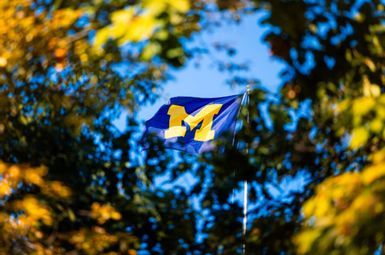
The Mellon Foundation has awarded nearly $4 million in a first-of-its kind grant to bolster the University of Michigan’s leading work in environmental justice.
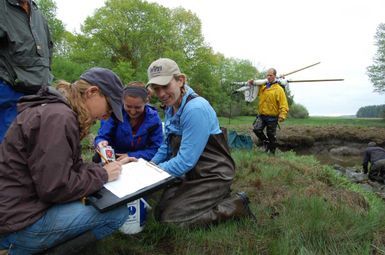
U-M has received a $25 million grant from the National Oceanic and Atmospheric Administration to support collaborative research initiatives addressing critical environmental challenges in U.S. coastal communities.
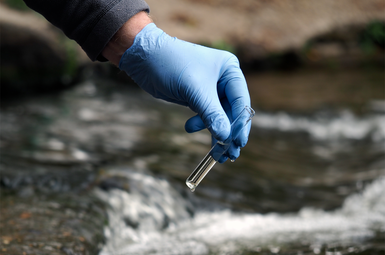
Southeast Michigan’s Huron River abounds with picturesque natural scenes, including burbling streams, graceful trumpeter swans, towering leafy trees, and… polluted foam? More than just an eyesore, this foam—now a common sight in waterways across Michigan and much of the U.S.—often contains a group of harmful synthetic chemicals called perfluoroalkyl and polyfluoroalkyl substances, or PFAS, which have been linked to a variety of negative health effects.
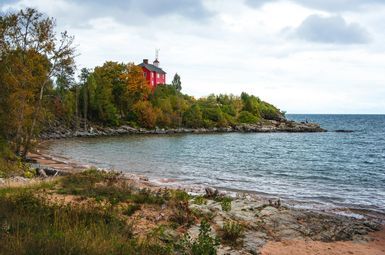
A grant from the National Oceanic and Atmospheric Administration’s Integrated Ocean Observing System will establish a Great Lakes Biodiversity Observation Network to coordinate with and learn from biodiversity observation networks along the U.S. coasts and ocean waters and other BONs in ocean and freshwater habitats worldwide.
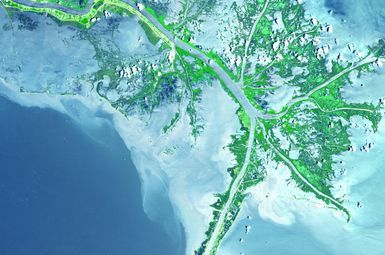
A team of scientists, including a U-M aquatic ecologist, is forecasting an above-average summer “dead zone” in the Gulf of Mexico covering about 5,827 square miles—an area roughly the size of Connecticut.
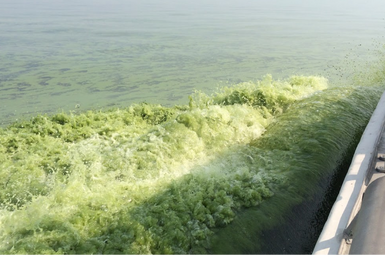
Great Lakes researchers at U-M have been awarded a $6.5 million, five-year federal grant to host a center for the study of links between climate change, harmful algal blooms and human health. Increased precipitation, more powerful storms and warming Great Lakes waters all encourage the proliferation of harmful algal blooms composed of cyanobacteria.
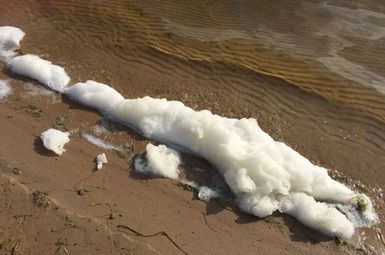
Three new U-M sustainability catalyst grants will support novel research projects to address vexing environmental challenges. “Catching the Waves” focuses on deploying wave energy converters to power remote coastal communities, starting with Beaver Island in Lake Michigan. “Mussel Roads” uses biomimicry to enhance asphalt durability by developing materials inspired by mussel-binding proteins. “Plast-ick,” leverages artificial intelligence and satellite data to predict pollutants like PFAS in water bodies.
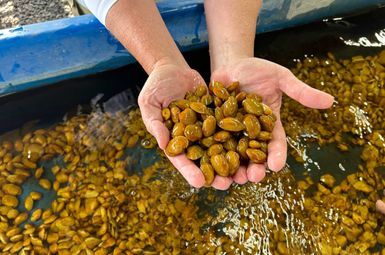
Michigan is home to 43 species of native freshwater mussels, 30 of which are considered to be at risk of extinction. Among the many factors that threaten the hard-shelled bottom dwellers are competition from invasive zebra and quagga mussels, water pollution, and—especially—dams.
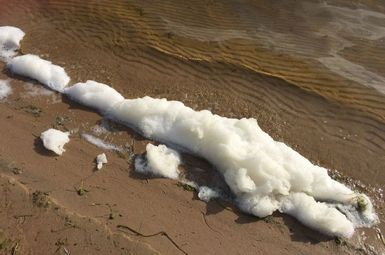
The new projects include “Plast-ick,” which leverages AI and satellite data to predict pollutants like PFAS in water bodies; “Catching the Waves,” which focuses on deploying wave energy converters to power remote coastal communities; and "Mussel Roads," which uses biomimicry to enhance asphalt durability by developing materials inspired by mussel-binding proteins.

Researchers at U-M’s Rogel Cancer Center want to build a movement to understand how exposures to toxic metals, industrial pollution and “forever chemicals” called PFAS, are impacting the health and cancer risk of residents across Michigan.
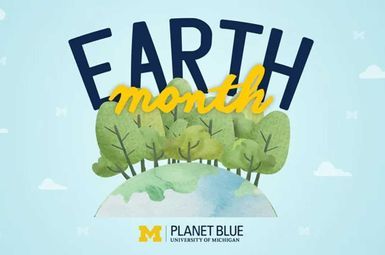
U-M is marking late March and all of April with a series of events focused on sustainability and climate action, continuing a tradition that began with the first “Teach-In on the Environment” in 1970—which grew into what is now known as Earth Day.
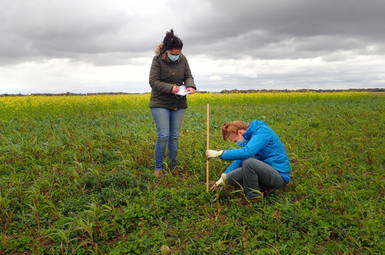
Rackham Ph.D. candidate Etienne Herrick-Sutton works with Great Lakes region farmers to identify strategies for improving the environmental and economic outcomes of cover cropping.
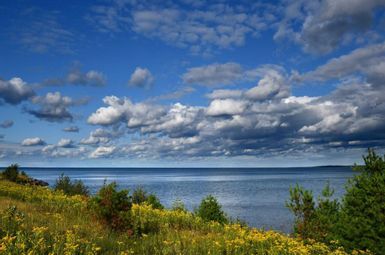
Six new research projects will investigate the shifting dynamics of harmful algal blooms, economic trends in coastal communities, emerging fish viruses, and other issues relevant to the Great Lakes.
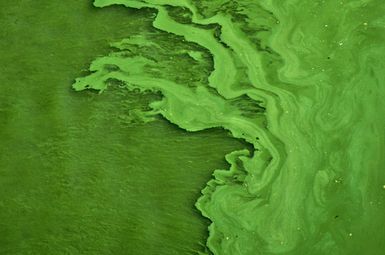
The threat of harmful algal blooms (HABs) continues to plague Lake Erie, prompting intensified efforts from binational jurisdictions to address this persistent environmental challenge. Central to this endeavor is the mitigation of phosphorus, recognized as a key driver of algal blooms, through coordinated action plans.
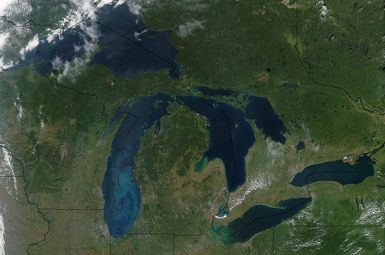
U-M is a partner in the Great Lakes Water Innovation Engine, one of ten regional hubs the National Science Foundation announced this week as part of a program that’s among the largest broad investments in place-based research and development in the nation’s history, according to NSF.
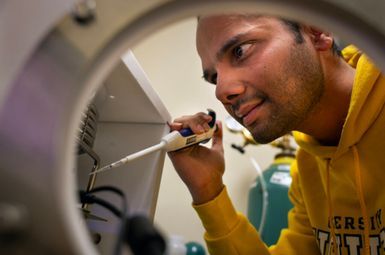
New, nontoxic materials could one day keep solar panels and airplane wings ice-free, or protect first responders from frostbite and more, thanks to a new U-M-led project funded by the Defense Advanced Research Projects Agency. Existing materials used to accomplish these feats come with serious downsides. For instance, road salts prevent pavements and streets from freezing but also corrode concrete and enter natural freshwaters through runoff, to the detriment of aquatic life.
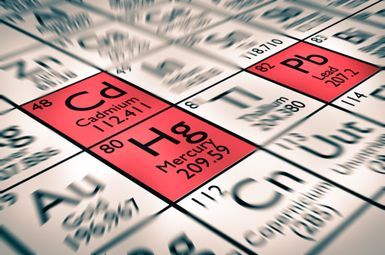
Middle-aged women with elevated levels of heavy metals are more likely to have depleted ovarian function and egg reserves, which may lead to earlier arrival of menopause and its negative health effects, a new U-M study shows.
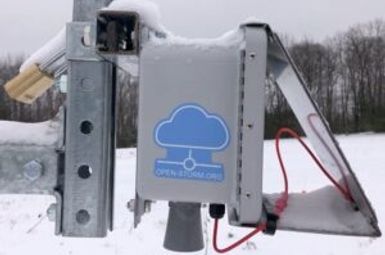
This winter, researchers at the U-M Biological Station in northern Michigan are strengthening their snow science with new technology to track the snowpack at an hourly rate and get a deeper understanding of the complexities of global environmental change.

The need for a compact came when, twenty-five years ago, a Canadian company decided they could fill tanker ships with Great Lakes water to sell to countries with water shortages. Wanting to protect the lakes, the Great Lakes states, along with Ontario and Quebec, began the complex negotiations that would lead to the formal agreement detailing how they’d work together to manage as well as protect the Great Lakes.
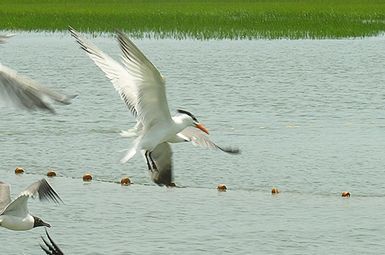
This summer’s Chesapeake Bay “dead zone” was the smallest it’s been since monitoring began in 1985, according to data released by the Chesapeake Bay Program’s monitoring partners: the Maryland Department of Natural Resources, Old Dominion University and Virginia Institute of Marine Science. The model used to make the annual forecasts was developed at U-M.
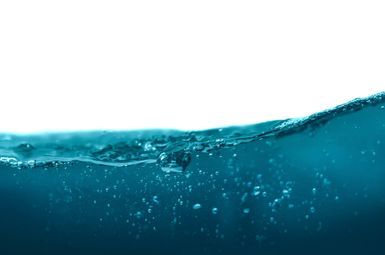
While Legionella bacteria can be found in natural freshwater environments, outbreaks of Legionnaires’ disease are more often associated with large water systems in public buildings, cooling towers, and other places where water is stagnant or flows at a low rate.
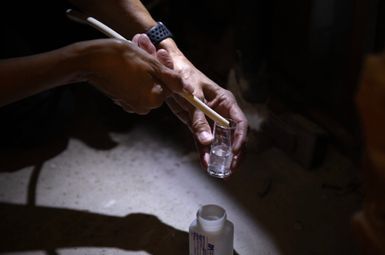
Flint residents have learned to question everything in the decade since the city’s drinking water first began showing signs of lead contamination. Even now, after seven straight years with water meeting federal safety guidelines, the lack of trust remains for many. U-M researchers and their partners are addressing this lingering problem on multiple fronts — from continued testing to in-school education and consulting with the city.
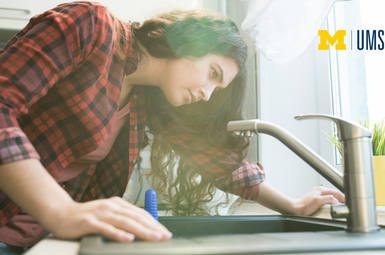
Over the course of the semester, U-M students are investigating drinking water-related issues in Michigan — including contamination, accessibility and affordability — to propose novel solutions.

LSA’s Detroit River Story Lab teaches students from elementary school through college about the past and future of the vibrant body of water.

Ann Arbor and other cities across the Midwest and Northeast have been referred to by climate specialists as “climate havens,” natural areas of refuge that are relatively safe from extreme weather events such as intense heat and tropical storms.
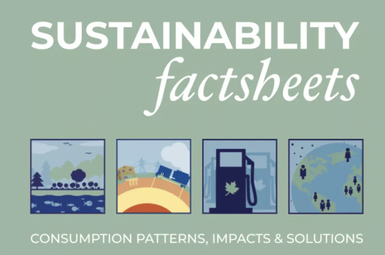
Each peer-reviewed factsheet presents data on patterns of use, life cycle impacts, and sustainable solutions. Updated annually by a current SEAS graduate student, the collection is a free resource to inform journalists, policymakers, business professionals, students, teachers and the public.

Nearly $1.23 billion has been spent by the U.S. government since 2004 on the cleanup of toxic pollutants in waterways resulting from manufacturing activities in historic areas around the Great Lakes.

“Water management will be one of the challenges of our generation,” Gilchrist told students. “In order to understand how we can meet that challenge, we need smart, we need bold, we need connected information professionals to be part of the process.”

PFAS have contaminated water, food, and people through products such as Teflon pans, waterproof clothing, stain-resistant carpets and fabrics, and food packaging. They are often referred to as “forever chemicals” because they are resistant to breaking down and therefore last for decades in the environment.
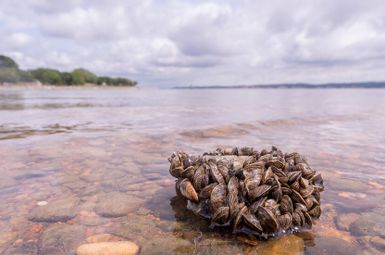
“Water conservation and access” brings a slew of images to mind: wastewater flowing through main lines to a city treatment plant, a fisherman yanking invasive mussels off the hull of a trawler, the installation of filters in communities that lack access to safely managed drinking water.
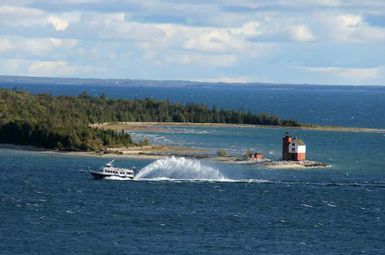
Should states and Indigenous nations be able to influence energy projects they view as harmful or contrary to their laws and values? This question lies at the center of a heated debate over Enbridge Energy’s Line 5 pipeline, which carries oil and natural gas across Wisconsin and Michigan.
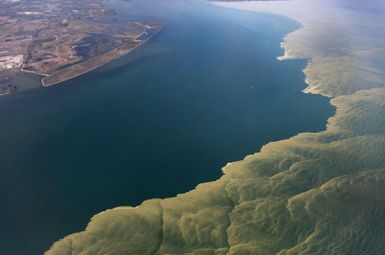
Lake Erie harmful algal blooms consisting of cyanobacteria, or blue-green algae, are capable of producing microcystin, a known liver toxin that poses a risk to human and wildlife health. Such blooms may force cities and local governments to treat drinking water and to close beaches, and they can harm vital local economies by preventing people from fishing, swimming, boating and visiting the shoreline.
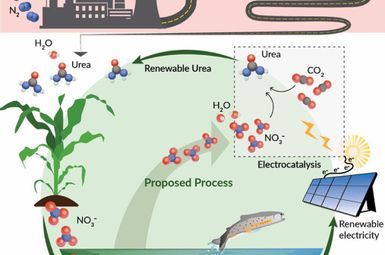
The production of the fertilizer urea is one of the largest carbon dioxide emitters in the chemical industry, but it doesn’t have to be that way. With $1.3 million in funding from the W. M. Keck Foundation, a new, more sustainable approach for producing urea will be tested at U-M.
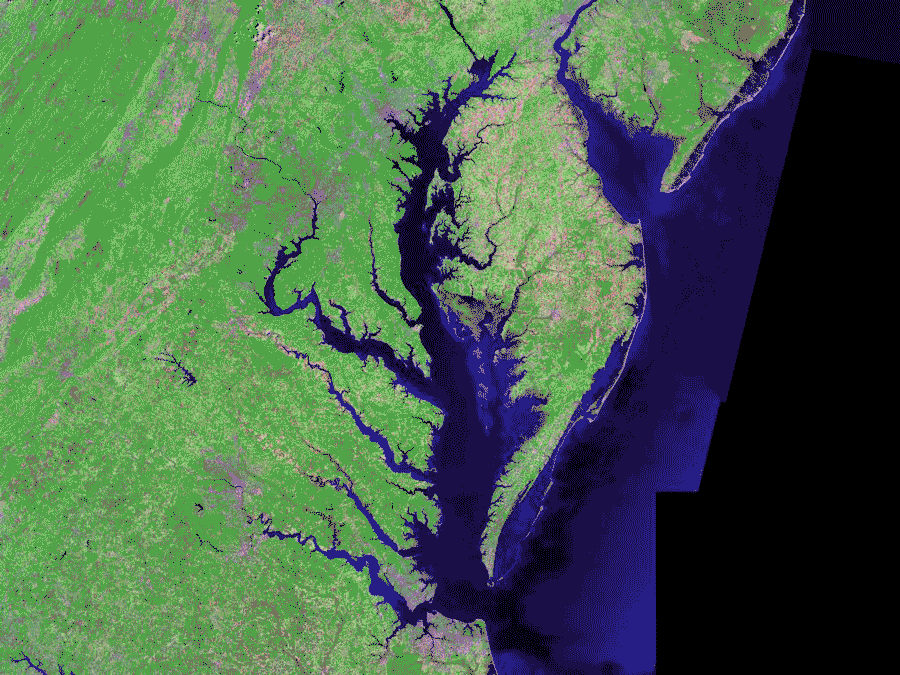
In 2023, the dead zone is predicted to be 33% smaller than the long-term average taken between 1985 and 2022. If the forecast proves accurate, this summer’s Chesapeake Bay dead zone would be the smallest on record.
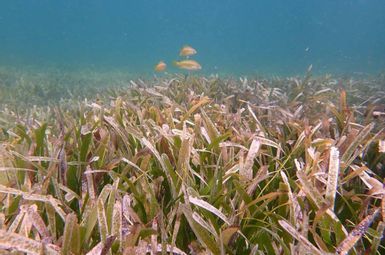
Discussions of valuable but threatened ocean ecosystems often focus on coral reefs or coastal mangrove forests. Seagrass meadows get a lot less attention, even though they provide wide-ranging services to society and store lots of climate-warming carbon.
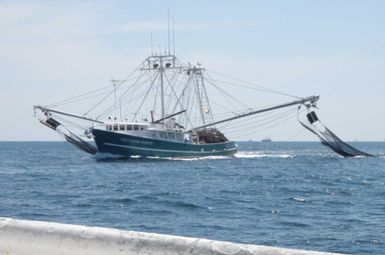
A team of scientists including a U-M aquatic ecologist is forecasting a summer “dead zone” in the Gulf of Mexico that will cover an estimated 4,155 square miles, which is below the 5,364-square-mile average over the 36-year history of dead zone measurements in the region.

Scientific studies have shown that exposure to some PFAS in the environment may be linked to harmful health effects in humans and animals. Because there are thousands of PFAS chemicals found in many different consumer, commercial, and industrial products, it is challenging to study and assess the human health and environmental risks.

Now more than 100 years old, the Biological Station is a 10,000-acre property in the northern Lower Peninsula of Michigan whose core mission is to advance environmental field research, engage students in scientific discovery, and provide information needed to understand and sustain ecosystems from local to global scales.
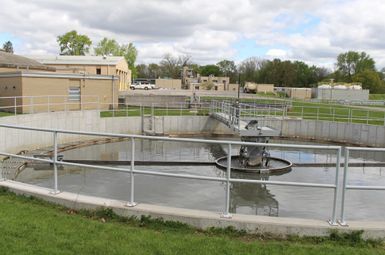
“By having access to this information, people can make informed decisions about their behavior if they have a personal concern about the levels of pathogens detected in their community.”
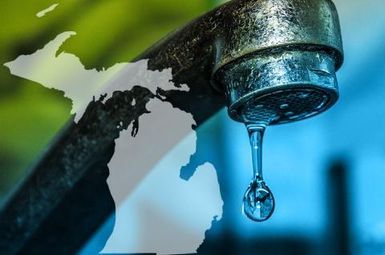
State agencies and the U-M Water Center will work to understand and reduce Michigan’s nutrient runoff to Lake Erie, as well as design and implement a diverse, robust and transparent advisory process to inform the state’s adaptive management plan for the lake.

“I wish to use this fellowship to answer these questions in the context of Mexico, documenting through “day in the life”-style illustrations of various people and communities interacting with water. I hope my findings can be transferable to other countries and regions facing similar challenges.”